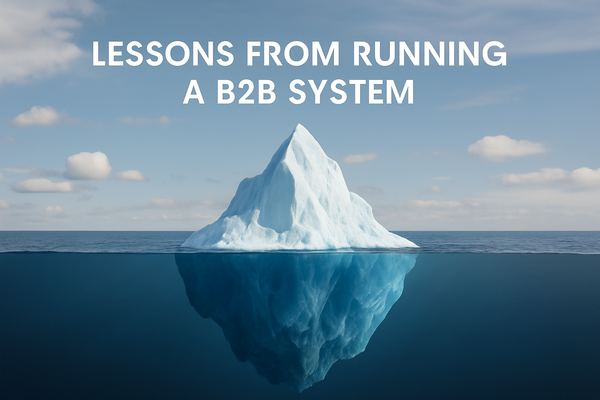Core Takeaways from Implementing a Customer Data Platform (CDP)

This article explores the key takeaways from CDP implementation, with a focus on achieving quick time-to-value and demonstrating Return on Investment (ROI).
1. Prioritize Quick Implementation and Time-to-Value
One of the most significant challenges in CDP adoption is the lengthy implementation process, which can delay the realization of benefits. Successful businesses recognize the importance of getting their CDP up and running quickly to start seeing results.
Takeaway: Focus on rapid deployment and prioritize use cases that can deliver immediate value.
Example: A retail company implements a CDP with a primary focus on improving their email marketing campaigns. Within weeks, they can segment their customer base more effectively, leading to a 15% increase in email open rates and a 10% boost in conversion rates.
2. Identify and Execute Priority Use Cases
Rather than trying to implement every possible use case at once, successful CDP adopters concentrate on high-impact, priority scenarios that align with their business goals.
Takeaway: Identify and execute use cases that can deliver the most significant impact in the shortest time frame.
Example: A telecommunications company identifies customer churn as a primary concern. They implement a CDP use case focused on identifying at-risk customers and creating targeted retention campaigns, resulting in a 20% reduction in churn rate within the first quarter.
3. Leverage Media Suppression for Immediate ROI
As marketing budgets tighten, media suppression has become a popular use case for demonstrating quick CDP ROI. This strategy involves using customer data to optimize advertising spend and improve campaign efficiency.
Takeaway: Implement media suppression strategies to eliminate wasted ad spend and improve marketing ROI.
Examples:
- A streaming service uses its CDP to exclude existing subscribers from acquisition campaigns, reducing ad waste by 30%.
- An e-commerce platform leverages CDP data to focus retargeting efforts on high-value leads, increasing conversion rates by 25%.
- A subscription-based service identifies customers at risk of churning and suppresses them from generic campaigns, instead targeting them with personalized retention offers, reducing churn by 15%.
4. Conduct Cross-Functional Proof of Concept (PoC)
A well-executed PoC that spans multiple business units can effectively demonstrate the CDP's value and potential impact across the organization.
Takeaway: Design and implement a PoC that showcases the CDP's capabilities across different departments.
Example: A financial services company conducts a CDP PoC that involves marketing, customer service, and product development teams. The PoC focuses on creating a 360-degree customer view, which leads to personalized product recommendations, improved customer support, and data-driven product enhancements. This cross-functional approach helps secure buy-in from various stakeholders and demonstrates the CDP's broad potential.
5. Use PoC to Evaluate CDP Vendors
A successful PoC not only demonstrates value but also helps in selecting the right CDP vendor for your specific needs.
Takeaway: Leverage the PoC process to assess potential CDP vendors based on their performance, support, and alignment with your use cases.
Example: A B2B software company runs parallel PoCs with two CDP vendors, focusing on lead scoring and account-based marketing use cases. Through this process, they evaluate each vendor's ability to integrate with their existing tech stack, the quality of support provided, and the ease of use for their marketing team. This hands-on experience helps them make an informed decision on which CDP best fits their needs.
6. Focus on Measurable Outcomes
To justify the CDP investment, it's crucial to tie implementation to concrete, measurable business outcomes.
Takeaway: Define clear, quantifiable metrics for each use case and track progress consistently.
Example: An online retailer implements a CDP with a focus on improving customer lifetime value (CLV). They set specific targets for increasing repeat purchases, average order value, and customer retention rates. By consistently measuring these metrics, they can demonstrate a 30% increase in CLV within six months of CDP implementation.
Conclusion
Implementing a CDP can be a game-changer for businesses looking to leverage their customer data effectively. By focusing on rapid implementation, prioritizing high-impact use cases, leveraging strategies like media suppression, conducting cross-functional PoCs, and maintaining a focus on measurable outcomes, companies can quickly demonstrate ROI and unlock the full potential of their CDP investment. Remember, the key to success lies in starting small, proving value quickly, and scaling based on initial successes.



